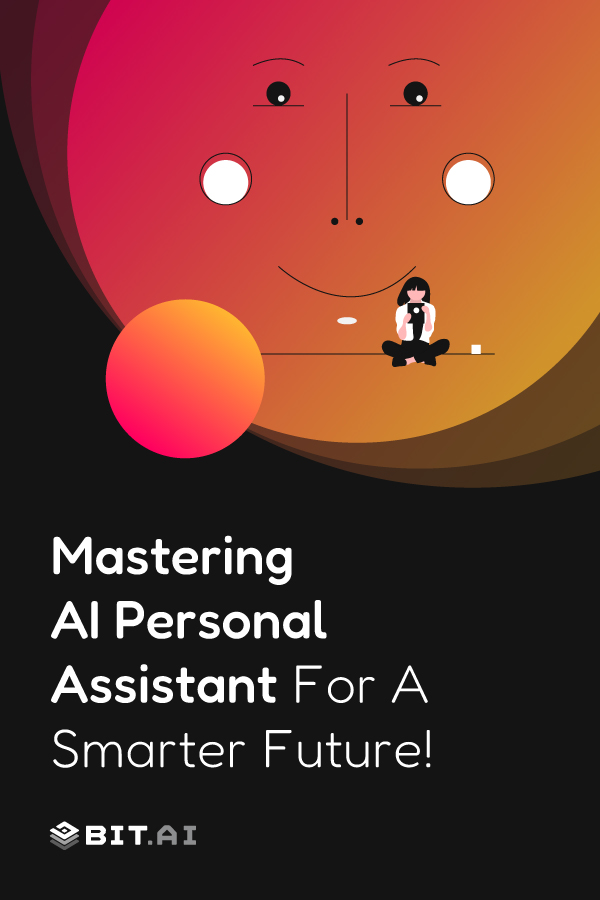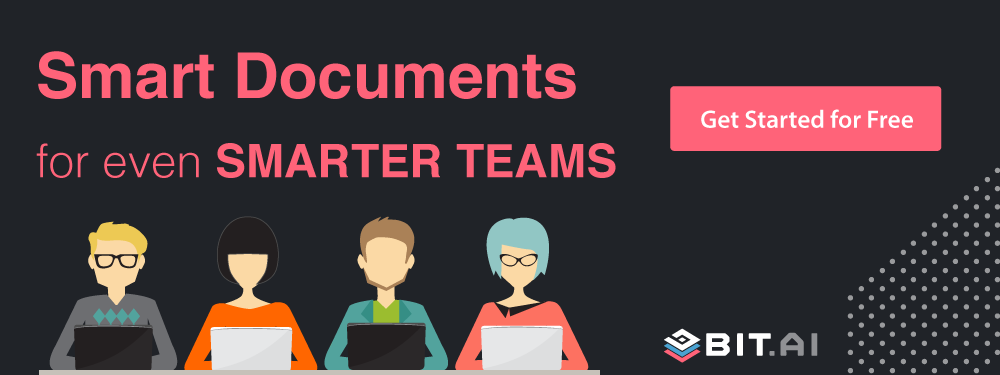In 2025, Artificial Intelligence (AI)-powered virtual personal assistants have become commonplace in our daily lives! Virtual personal assistants have become much more than a voice-controlled device to set alarms and manage work schedules. They act as knowledge companions, understanding context, mood, and transitioning easily between different gadgets and situations.
But how did we get here? What is driving these advanced assistants in the first place? Join us in this blog, and together we will review the evolution of AI assistants up to 2025, the science behind their intelligence, and how they help reduce some of the drudgery in our work and personal lives.
We’ll also look at current trends, the top AI assistants available today, the privacy and ethics issues they raise, and the future of the human-AI interface. Read on!!
👉Read More: 25 Best AI Tools For Peak Productivity!
Understanding AI Personal Assistants in 2025
In 2025, AI personal assistants are smart digital assistants that use voice, text, or even visual inputs to help manage daily tasks, information, and decisions. Unlike Siri or Alexa of yesteryear, assistants in 2025 are driven by deep language models and context learning to make more human-like and more contextually relevant responses.
These helpers have evolved significantly from mere command-takers in the past and, at present, are proactive and contextually aware tools. They now understand subtlety, monitor long-term user behavior, and can even predict requirements before they are demanded.
💡 Pro Tip: Connect your AI assistant with tools like email, calendar, or task managers to save time and boost productivity.
With AI redefining possibilities, personal assistants, in both personal and work settings, provide convenience and intelligent assistance. Now it’s time to gain an understanding of these core technologies that make them function.
🚀 Ready to make your work smarter? Start creating dynamic, collaborative documents with Bit.ai today!
Core Technologies Behind Today’s AI Assistants
Modern AI personal assistants are designed to sense, understand, and react sensibly to human instructions, making anything from voice commands to intelligent conversations possible. AI assistants work based on multiple fundamental technologies being processed together in the background. Those are:
- Large Language Models (LLMs) 🤖
Large Language Models are huge AI models trained with vast quantities of text data, learning to act and respond like human beings. An AI assistant using these models would be able to have a natural, relevant discussion on any topic. These models are at the core of programs like ChatGPT that are capable of fascinating, meaningful, and relentlessly versatile conversations. - Machine Learning (ML) 🤖
Machine learning is the technology that enables AI assistants to learn and become smarter over time through interactions with users and learning from data. It allows patterns to be uncovered, predictions to be made, and accuracy to be enhanced without programming code. This implies that the assistant may provide wiser, more personalized responses the more it learns. - Natural Language Processing 🤖
Natural language processing, or NLP, is the capability of computers to understand, analyze, and respond to human language. It allows AI assistants to determine intent from voice or text commands and act suitably. Language translation, sentiment analysis, and voice commands are all dependent on NLP. - Edge Computing 🤖
Edge computing processes data close to the user’s device, as opposed to using remote servers exclusively. This lowers latency, raises privacy, and keeps AI assistants performing optimally, especially in real-time scenarios. Benefits exist in early devices, autonomy, and weakly connected domains.
How are these going to help you with everyday life?
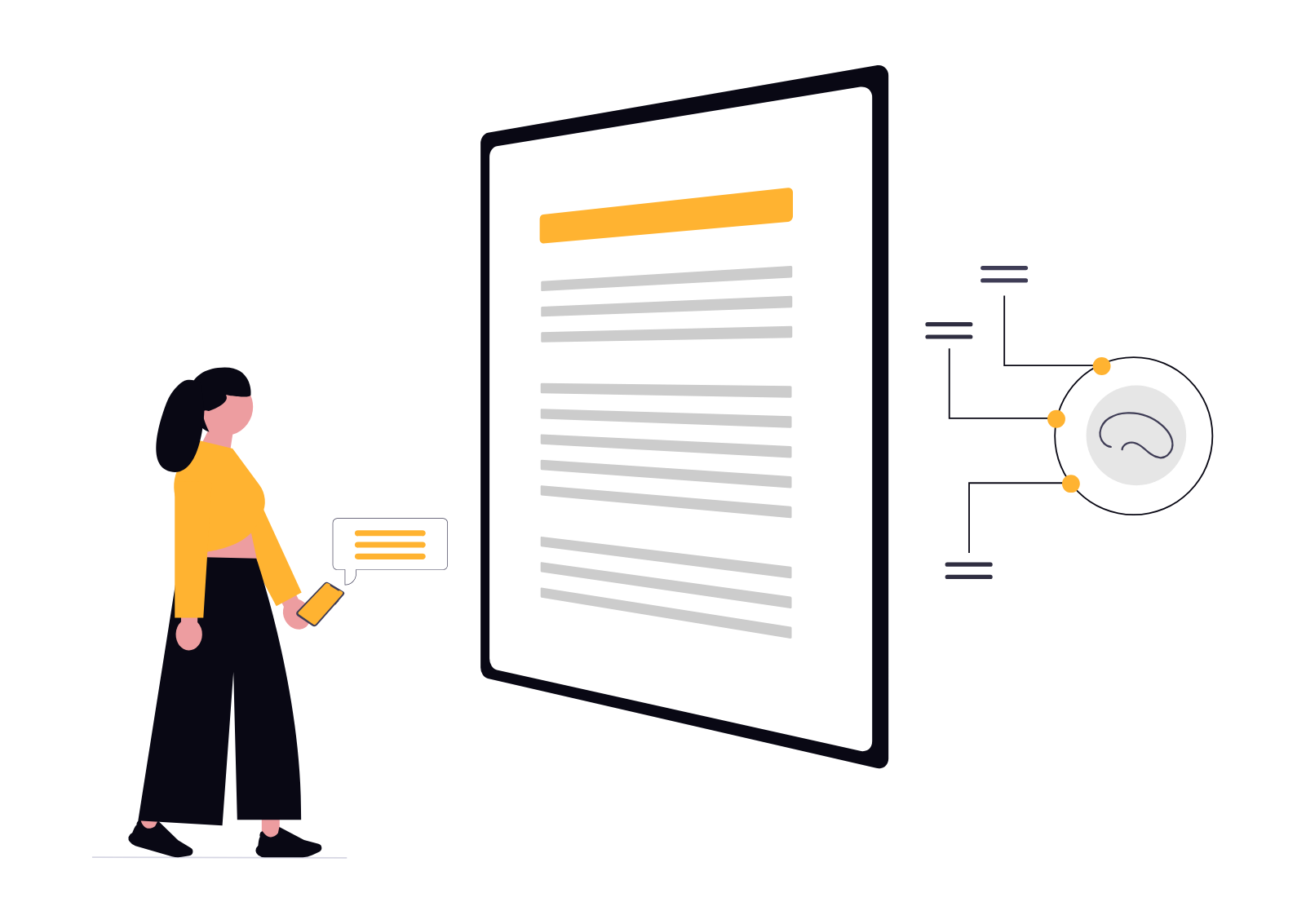
These technologies aren’t just fancy terms — they quietly power the tools you already use (and the ones you’ll soon rely on daily). LLMs make assistants like ChatGPT capable of writing emails, drafting reports, or even planning your weekend trip in seconds. ML ensures that your Spotify, Netflix, or Google Assistant recommendations get sharper the more you use them. NLP lets you skip typing altogether — just say “Remind me to call mom at 8” and apps like Siri or Alexa handle it. And with edge computing, responses happen faster and more securely, whether you’re asking for directions in a low-network area or using a wearable device.
In short, these technologies combine to save you time ⏳, reduce mental load 🧠, and make your digital life feel more personal and effortless.
💌 Fun Fact: By processing data closer to the user (at the edge), systems can reduce latency by as much as 67%, significantly boosting speed and responsiveness compared to traditional cloud processing.
#1 From Voice to Vision: The AI Assistant Interface Evolution
The ways we interact with AI assistants have changed enormously. Although voice is still the default mode, it’s no longer the only way. Today’s Helpers are multimodal. They accept text, gestures, and graphics. Here are ways you can use them in practical life:
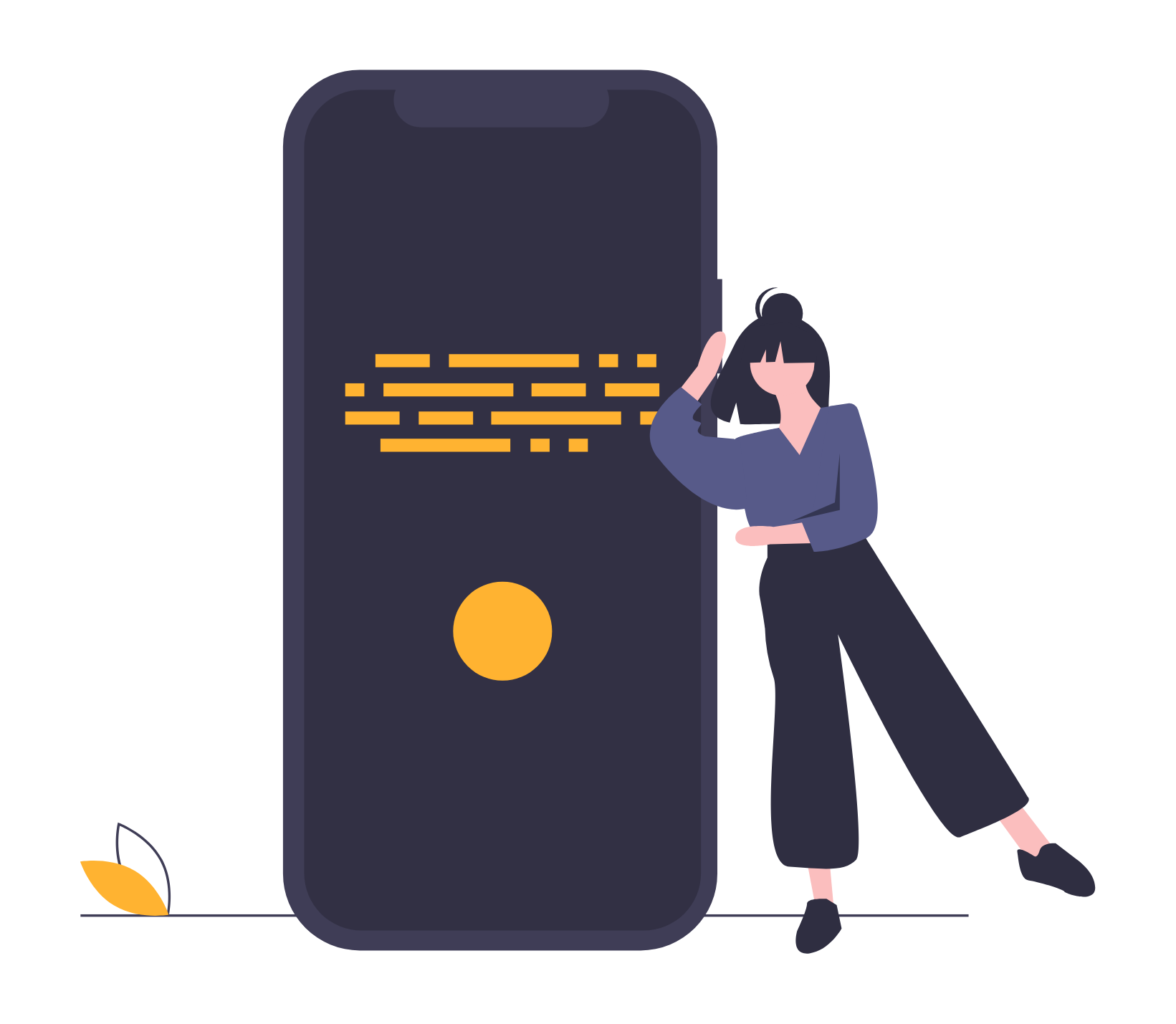
- 💬 Text → Applications such as ChatGPT or Jasper Chat allow you to ask a question and receive a quick reply that you can use, which is great when you are drafting a report in a coffee shop without saying the words out loud. On wearables, like the Samsung Galaxy Watch, quick-reply assistants use text-based commands while you are mobile.
- ✋ Gestures → Devices such as the Apple Vision Pro or Meta Quest 3 already allow you to swipe, pinch, or grab in the air to control slides, music, or apps. Smart rings like Oura and Ultrahuman are adding gesture-based navigation for fitness and productivity.
- 📷 Visual Inputs → Tools like Google Lens or Microsoft Copilot with Vision let you scan documents, identify plants, translate restaurant menus, or even recognize products with your camera. This is especially powerful for accessibility — e.g., Seeing AI helps visually impaired users read text or identify objects in real time.
- 🔄 Multimodal Input → Assistants like ChatGPT-4o combine voice, vision, and text. You can point your camera at a math problem, ask a spoken question, and get a step-by-step solution instantly.
💡 Pro Tip: Try pairing gesture + voice with devices like Apple Vision Pro — wave your hand to skip a song 🎵 while asking Siri to “remind me about the meeting at 4 PM.”
#2 Personalized Productivity: How AI Organizes Your Life
With the limitless number of tasks and distractions we face, being productive can feel impossible. And this is where AI is entering the conversation – not as an ordinary assistant, but as a different type of assistant that understands your habits, preferences, and priorities in order to help you stay on track.
Here is How You Can Use It Today:
✅ Smart Task Management
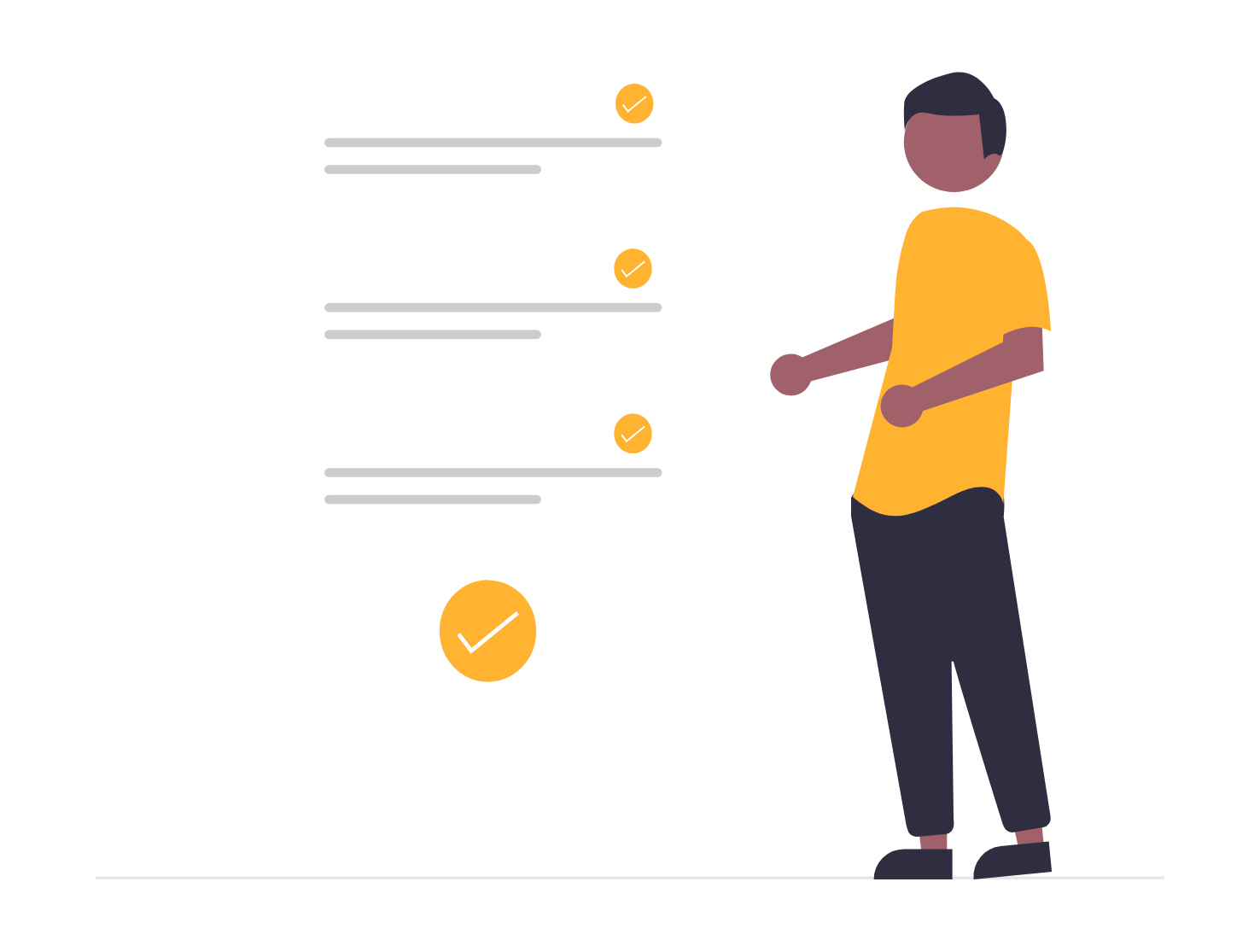
Apps, such as Todoist, with AI and Motion can prioritize your tasks based on how urgent and due they are. Instead of guessing at what you should and will tackle first, these apps will modify your task list in real time so you can focus on what’s important!
📅 Smart Scheduling
Struggling with back-to-back meetings? Tools like Reclaim.ai and x.ai integrate with Google or Outlook calendars to automatically slot in focus time, breaks, or the best meeting windows based on your routine.
📂 Smart Sorting of Information
Buried under files and emails? Bit.ai can summarize documents, pull key notes, and organize content into easy-to-navigate workspaces. No more digging through folders — your assistant finds it for you.
🧘 Personalized Wellness Reminders
Assistants like Welltory or Fitbit with AI insights track screen time, stress, and heart rate, then send nudges to stretch, breathe, or take a walk when you’re overworking. It’s wellness woven into your workflow.
🔒 Privacy-First Personalization
If you want AI help without giving up control, tools like Apple’s on-device Siri AI or AI assistants built on edge computing (e.g., Snips.ai) keep data processing local so your information stays private.
💡 Pro Tip: Pair tools like Reclaim.ai for scheduling with Asana for project tracking to save an hour a day.
#3 Smart Homes, Smarter Lives: AI in Daily Habits.
AI makes humans more productive, and at the same time, AI is becoming embedded in our lives, which results in smart homes. From cleaning and health monitoring to managing family calendars and changing lifestyles to save time, staying connected, and indulging in activities that matter to us, the AI is doing everything.
🏠 Home Automation
Devices like Google Nest and Amazon Alexa manage lighting, heating, and appliances automatically. With routines, you can have the lights dim, the thermostat adjust, and the coffee machine start brewing the moment you wake up.
🩺 Health Tracking
Wearables such as the Fitbit Sense or Apple Watch track sleep, heart rate, and activity, and can provide this information to other apps (such as Apple Health or Samsung Health). Not only did they measure, but they suggested healthier routines and caught some early warning signals.
🔐 Security and Safety
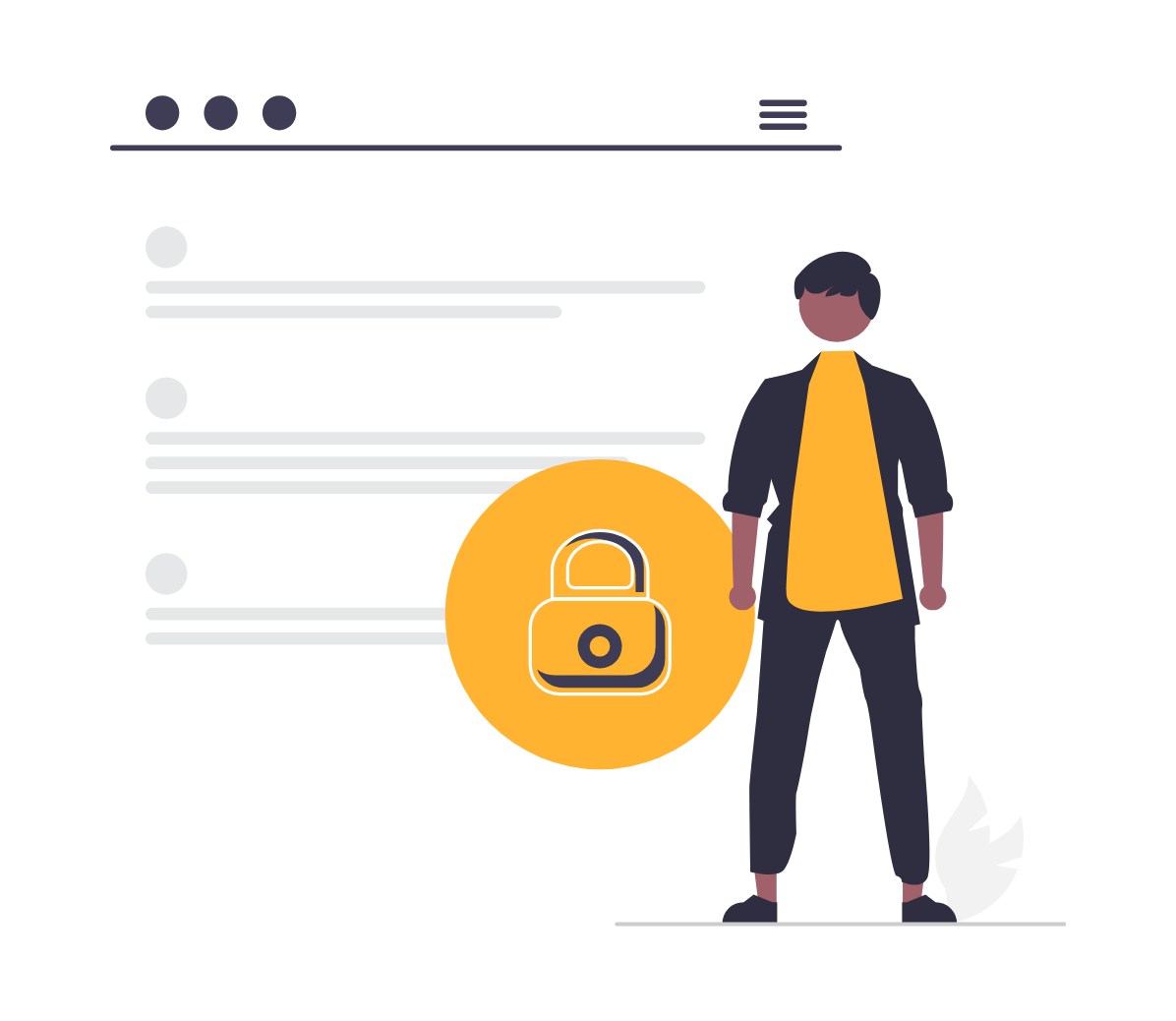
AI cameras, such as Ring or Arlo, can detect motion and identify pets, visitors, and intruders. Paired with assistants like Alexa Guard, you get real-time alerts and even automated emergency calls.
🗣️ Voice-Prompted Convenience
Smart speakers such as Amazon Echo, Google Nest Hub, or Apple HomePod let you order groceries, play music, or check reminders with simple commands.
⚡ Energy Efficiency
AI-powered systems like Nest Thermostat or Sense Energy Monitor learn your routines to cut electricity use without sacrificing comfort — saving you both money and emissions.
🎵 Tailored Entertainment
Streaming platforms like Spotify, AI DJ, and Netflix recommendation engine personalize playlists and watchlists for every family member. Your home becomes its own entertainment hub.
👵 Elder and Child Care Support
Devices like ElliQ (AI companion for seniors) remind users to take medications, encourage hydration, and offer safety monitoring. Meanwhile, tools like AngelCare baby monitors provide AI-driven alerts for infants.
💡 Pro Tip: Start small — connect a smart plug (TP-Link Kasa) to your coffee machine or lamp, then link it with Alexa or Google Assistant. You’ll instantly see how AI simplifies daily routines.
#4 🤖AI Assistants at Work: Streamlining Business Tasks
While easing life at home, AI also renders work automation and maximizes efficiency. From process automation to email management–AI assistants allow experts to focus on higher-impact activities by streamlining time-consuming processes with precision.
- 📩 Email Management
- The usefulness of tools such as Superhuman AI and Gmail’s Smart Reply/Smart Compose is that they draft replies, auto-prioritize important emails, and declutter your inbox. SaneBox uses AI to help you filter less important messages so you never miss the important ones.
- 📜 Research Assistance
- Save the hassle of sifting through page upon page of reports by summarizing research papers, market research, or news with Perplexity AI or Consensus in a few minutes. If you are a legal or financial practitioner, Harvey AI and AlphaSense provide domain-specific research.
- 👏 Workflow Optimization
- Applications such as com that are designed with features of AI, identify work fields, find bottlenecks, and provide automation recommendations. GitHub Copilot improves developers’ maximum code review capacity and tasks completed.
- ⚡ Task Automization
- AI design software like UiPath (RPA) and Zapier with AI integration provide automation of repetitive tasks like invoicing, reports, or data entry. Minimizing human error and allowing employees to focus on strategic projects.
- 🧔 Improvement of Customer Service

Chatbots such as Intercom Fin AI, Drift, and Zendesk AI can solve FAQ issues straightaway, while more advanced customer service assistants like Ada can provide the same personalized customer experience across different channels. This will enhance customer satisfaction, while customer service representatives can focus on complex issues.
Enabling the automation of day-to-day operations and workflow optimization enables specialists to work smart, concentrate on strategy, and achieve higher business success in today’s fast-paced environment. As we progress in our article, let’s take a look at the trends in 2025.
What Makes 2025 Different? The Most Amazing AI Assistant Trends This Year! 🚀
You’re going through an era, in real-time, when you have AI assistants that have travelled beyond being tools to actually being your active and empathetic partners. In 2025, you are living at the peak of opulence. Your assistant is no longer merely responding to your commands. It is starting to anticipate what you may need, recognize your moods, and to be embedded into your life.
With multimodal intelligence, you don’t have to stick to just talking or typing—your assistant now understands voice, text, and visuals all at once, giving you instant, context-rich answers. Thanks to emotional AI, it can pick up on your tone, facial expressions, or writing style and respond with soothing support, quick action, or motivational energy when you need it most. With offline features, it works even without the internet, giving you faster, private, on-device responses. Its self-determining decision-making means it can reschedule tasks, handle delays, and solve problems while you focus on what really matters. And because it has contextual memory, it remembers your routines, preferences, and past conversations—whether it’s your favorite restaurant or your travel plans. Best of all, cross-device synchronization keeps everything in perfect flow, so you can move from your phone to your laptop to your smartwatch without losing a beat.
Now that you know what makes 2025 so exciting, you’re ready to explore the top personal assistants of the year and see which one could become your ultimate digital sidekick.
✨ Pro Tip: Pair AI assistants with a smart doc tool like Bit.ai to keep insights and tasks organized across devices.
Top 7 AI Personal Assistants in 2025: A Quick Overview
The AI assistant landscape is plentiful and dynamic, with every leading assistant competing with various distinguishing features, suiting different users’ needs. It is smart home management, task completion, or an enjoyable conversation; the best AI assistants have only set higher standards in 2025.
💌 Fun Fact: A striking 90% of professionals now use conversational AI—such as chatbots and AI assistants—as a regular part of their workflow, underscoring how essential these tools have become.
👉Read More: Using AI to Improve Personal Productivity
- OpenAI ChatGPTThe leader in conversational AI, ChatGPT, now comes with multimodal capabilities — handling text, voice, and vision inputs. With its extensive plugin ecosystem, it can browse the web, generate code, automate workflows, and even analyze images, making it the most versatile assistant across personal and professional use cases.
- Anthropic Claude
Claude is praised for its accuracy, safety-first approach, and ability to handle longer, complex documents. It’s particularly popular among researchers, writers, and businesses that need trustworthy, context-rich responses without hallucinations. - Grok by X (formerly Twitter)
Grok thrives in real-time knowledge, pulling from live social data to answer with wit and context. It’s especially useful for staying updated on trends, markets, and news — giving it a unique edge compared to more general-purpose assistants. - Microsoft Copilot
Deeply embedded into Office apps and Microsoft Teams, Copilot drives productivity at work by drafting emails, summarizing meetings, generating reports, and automating repetitive office tasks. It’s the go-to for enterprise users. - Apple Siri Pro
Integrated across Apple devices, Siri Pro now uses on-device intelligence to recognize objects in real-time and provide advanced health tracking. It delivers personalized wellness tips and ecosystem convenience. - Google Gemini Assistant
Gemini Assistant uses Google’s AI advancements to provide contextual insights, better search, and deeper integration with Google Workspace (enabling seamless collaboration across documents, email, and meetings).
- Amazon Alexa 3.0
Still a frontrunner in smart home automation, Alexa 3.0 adds personalized voice tones and enhanced offline functionality, ensuring reliable device control even without internet access.
From bedrooms to boardrooms, such assistants have developed niche expertise to cater to diverse lifestyles and business requirements, consolidating the role of smart digital assistance in 2025.
Wrapping Up
Tomorrow’s human-AI collaboration is about expanding capabilities for human beings, rather than replacing them. Through the automation of repetitive and menial tasks, AI provides humans with time for creative thinking, superior problem-solving, and strategic decision-making, allowing them to be actively engaged in meaningful jobs with a positive impact.
Humans and AI will together create more ingenious workflows and more empathetic experiences by marrying human instincts with machine intelligence. This will propel innovation, maximize efficiency, and open new areas for growth, creativity, and an overall quality of life that we cannot yet even dream of.
In 2025, AI assistants are no longer just tools—they’re collaborators. And we’ve only just started.
FAQs
Q.1 What is an AI personal assistant, and how does it work?
It’s a tool that uses artificial intelligence to understand language, perform tasks, and automate workflows via voice or text.
Q.2 What are examples of AI-powered personal assistants?
Some of the most common examples are ChatGPT, Google Assistant, Siri, Alexa, and integrated assistants in Bit.ai.
Q.3 How is AI helpful in assisting humans?
AI helps assist humans by saving time, reducing errors, boosting creativity, and streamlining information flow.
Q.4 Why are AI assistants important?
They make modern work faster, smarter, and more accessible, especially when embedded across platforms.
Q.5 What are AI knowledge assistants used for?
To surface information from your internal docs, like SOPs, templates, or wikis — all of which you can build on Bit.ai.
Keep Reading & Learning 📚
